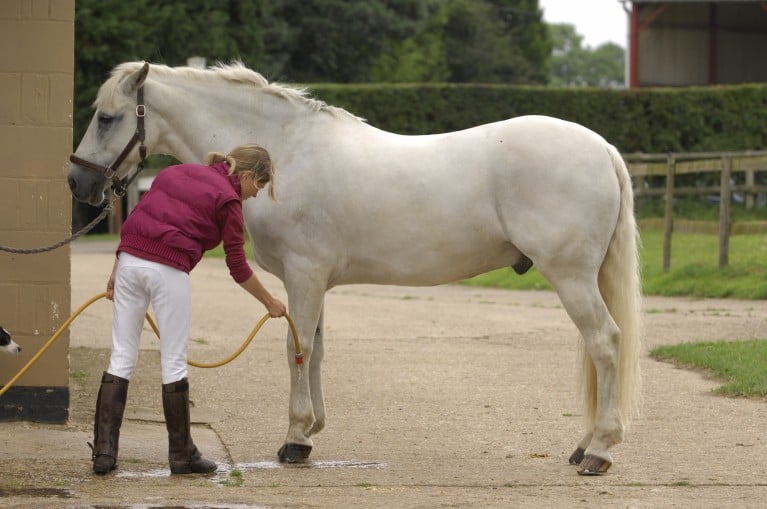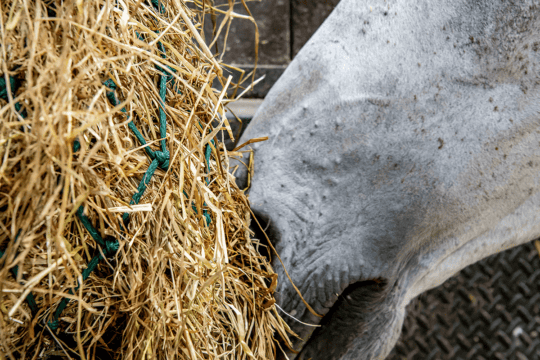Mud fever is a common problem in the UK, but if you can follow Horse&Rider’s 10 prevention tips, you will be well on your way to successfully preventing your horse from becoming a victim.

We all know it’s easier to prevent a problem than to repair the damage after it’s happened. This is particularly true for that winter blight – mud fever. And once your horse has suffered mud fever once, it’s likely he will be prone to repeated attacks.
The bacteria that causes mud fever (Dermatophilus congolensis) can be commonly found living on the skin without causing a problem. But when the skin barrier is compromised by prolonged wet and mud, the bacteria take the opportunity to penetrate the skin and infect the area. The result is an acute inflammatory reaction.
The good news is that by planning ahead and following our tips before the bad weather sets in, you can stop mud fever before it starts.
1. Avoid letting your horse stand around in muddy conditions. Fence off or install hard standing in areas that are likely to get muddy, such as gateways and where you put out hay. If conditions are particularly bad, you may have to stable your horse more to allow his legs to dry out completely. Rotate paddocks where possible to avoid poaching the ground.
2. Avoid high-pressure hosing and stiff brushes because they can damage the skin and introduce infection. If your horse has muddy legs, rather than hosing them off, allow the mud to dry and then brush it off with a soft-bristled brush. If you have to wash your horse’s legs, do so with an anti-bacterial shampoo and ensure they are thoroughly dried afterwards. Gently pat them dry with a clean towel, rather than rubbing, to prevent skin irritation.















